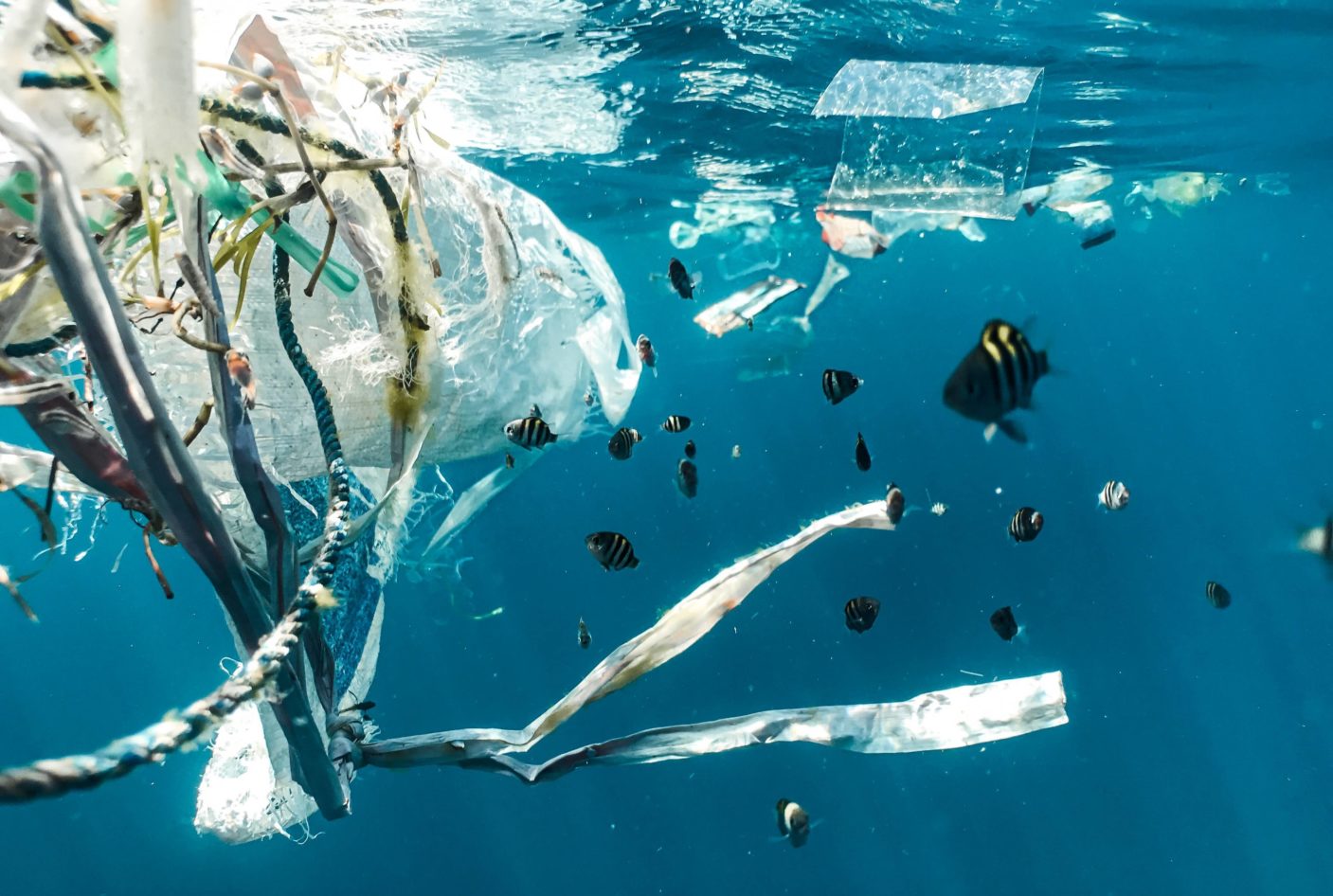
As climate change affects our quality of life, a transformation towards more sustainable production and consumption solutions is required. Solutions that provide meaningful benefits and improve the quality of life, while positively affecting the natural environment. The phase of product design and development is decisive for about 80% of environmental impact and production costs.
When it comes to furniture, there are several assumptions about what is more sustainable, which are disproved by serious research. Usually, people mistakenly believe that plastic products are not as sustainable as bioplastics or as products made from recyclable materials. However, the sustainability is related to the life cycle of the products. Bioplastic materials degrade much faster when they end up in the environment than common plastics that take hundreds of years to biodegrade and cause a lot of damage to ecosystems while doing so.
If products, such as furniture, do not end up in the environment soon, then high quality conventional plastic materials might not be such a bad option. The choice of the furniture is also very important, especially when it is made with high quality materials, so that it can be reused, repaired, and recycled at the end of its use.
Climate change can be fought on many fronts, however it’s very important to minimize our own CO2 footprints. CO2-neutral materials do not exist, as even materials that grow and absorb CO2 emissions, such as wood, will go through the stages of production until the final product is completed. Therefore, sustainability design makes it necessary for furniture manufacturers to base their decisions on serious evaluations, such as standardized qualitative sustainability assessments or life cycle assessments.